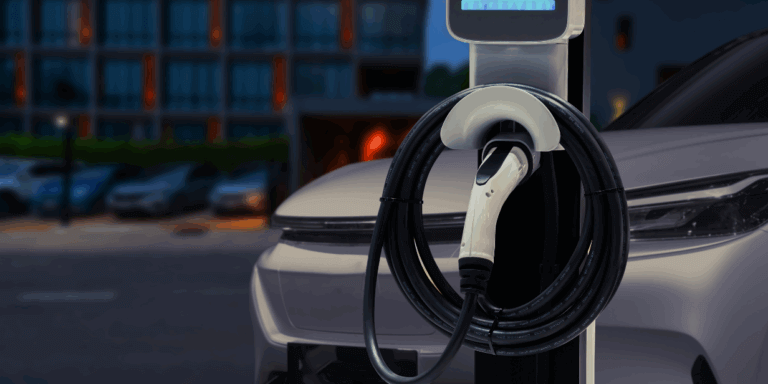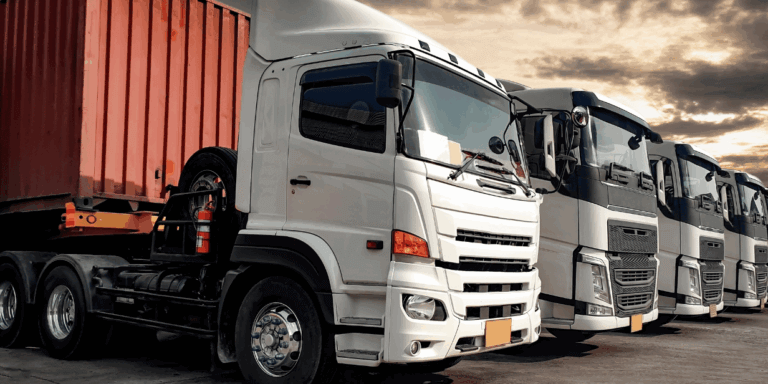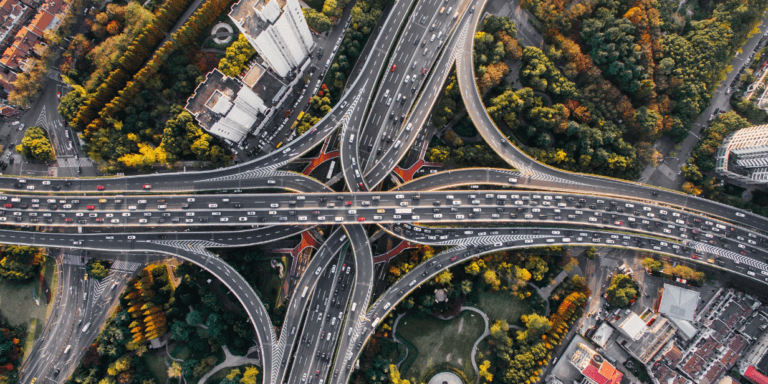Boat Number OCR: Manage Waterways the Easy Way
If you’re someone tasked with keeping oceans, rivers, and waterways safe, you’re one of the unsung heroes. Your work keeps you close to open water but what’s a source of beauty and recreation for most presents you with a continual ebb and flow of challenges. The earth has 361,740,000 square kilometers or 139,668,500 square miles of water, and that’s a lot to cover.
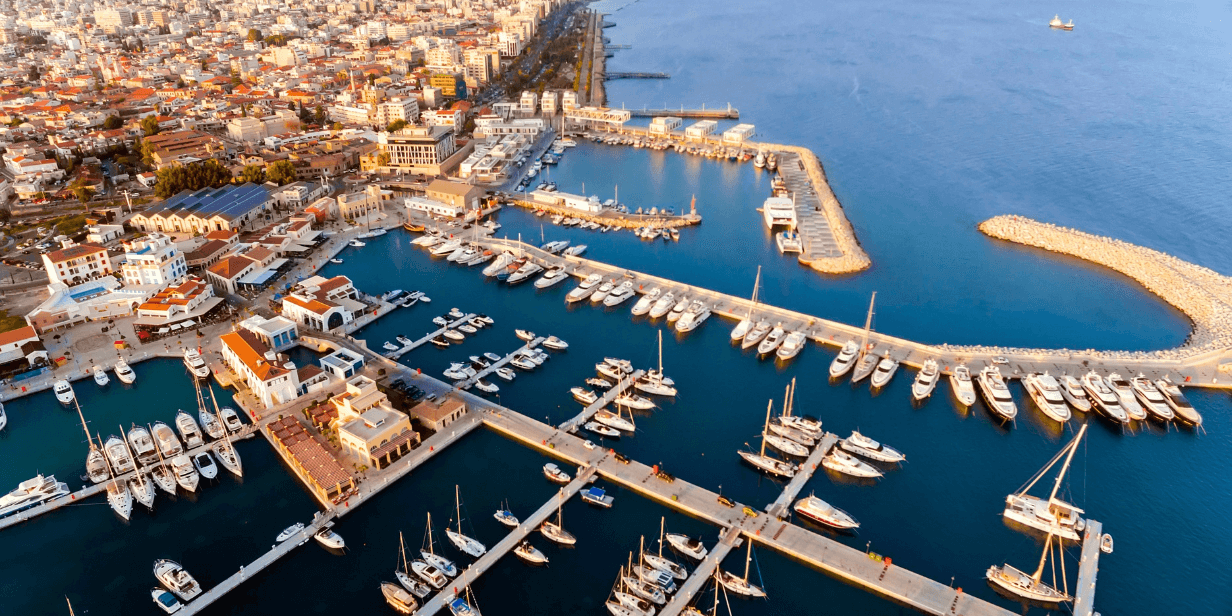
Busy marina. Source: Canva
If you’re someone tasked with keeping oceans, rivers, and waterways safe, you’re one of the unsung heroes. Your work keeps you close to open water but what’s a source of beauty and recreation for most presents you with a continual ebb and flow of challenges. The earth has 361,740,000 square kilometers or 139,668,500 square miles of water, and that’s a lot to cover.
While most people visit oceans, rivers, and lakes for play or profit, you’re part of a team of dedicated individuals working tirelessly behind the scenes to ensure safety and security on the water. Underappreciated champions like law enforcement officers, port authorities, marina owners, search and rescue teams, and customs and border protection agents put their lives on the line to manage traffic and mitigate danger.
They navigate treacherous waters, enforce regulations, respond to emergencies, and keep a watchful eye on our ports and waterways while often going unnoticed and unappreciated. Their dedication, courage, and unwavering commitment to safeguarding our waterways make them the true heroes of the waves, deserving of our utmost respect and gratitude.
Identifying boats accurately and quickly is essential for reducing bad behavior on the water. It also helps when it comes to preventing theft. The National Insurance Crime Bureau’s most recent statistics indicate there are thousands of boat thefts a year in the United States alone and that once boats are stolen, they’re seldom recovered.
But let’s face it—there’s a pain point that can turn nautical oversight into a never-ending game of hide-and-seek. It’s the hassle of manually identifying boat numbers. It’s like searching for a lone fish in a vast ocean or trying to find a needle in a haystack during a gusty storm.
What if we told you there was a better way? Let us introduce you to a cutting-edge solution that will make your job a gentle sea breeze: the Boat Number OCR technology known as BoatID.
What is OCR?
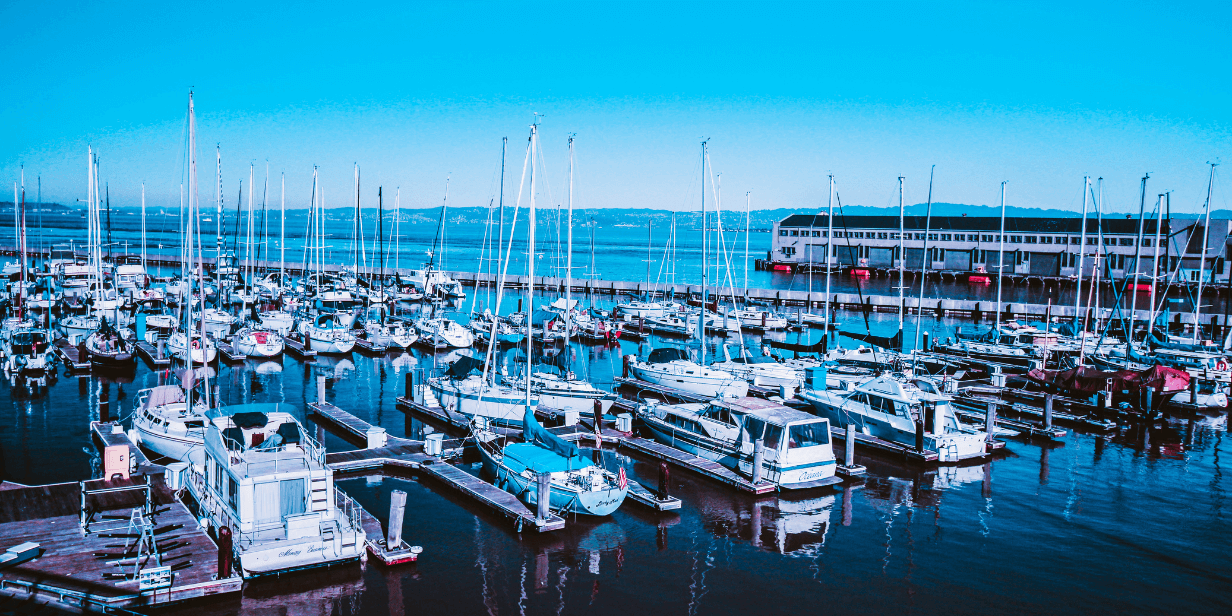
Boats on the body of water. Source: Canva
While comprehending everything that goes into monitoring waterways is complex, OCR is actually pretty easy to understand. It stands for Optical Character Recognition. OCR is like having an automated assistant that can understand and interpret text just like we do.
Do you know how your eyes are scanning and deciphering the words on this page without you having to think about it? Well, OCR technology mimics that ability using a combination of sophisticated algorithms and smart software.
Here’s how it works: OCR technology takes a video frame, an image, or a scanned document containing printed or handwritten text and analyzes it pixel by pixel. It identifies patterns, shapes, and curves, recognizing individual characters and converting them into digital text that computers can understand. It’s like teaching a computer to see and read, opening up a world of possibilities. Plus, Plate Recognizer’s products even work on mobile phones.
Boat Number OCR: Identifying Boats with Lightning Speed
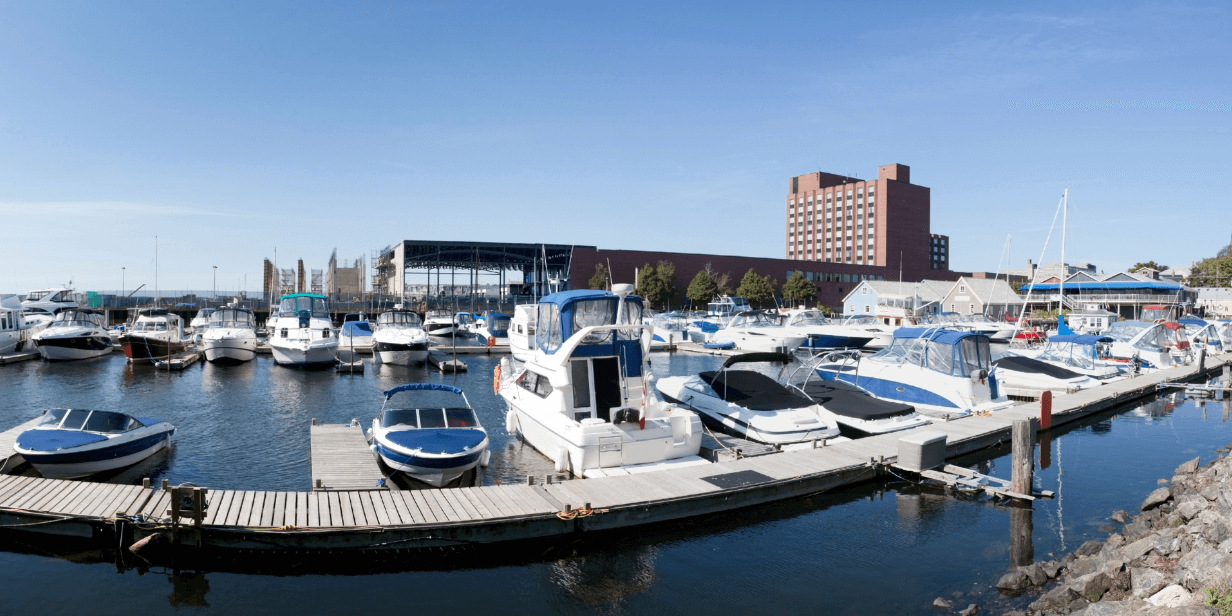
Charollotetown Marina. Source: Canva
More than 90,000 boats are in commercial use worldwide. Just in the United States, there are 11.96 million vessels registered for personal use. Almost all have numbers tied to their registration, similar to license plates on cars.
Boat numbers are like unique ID badges for watercraft, and our Boat Number OCR uses cameras and software to read and decipher them with lightning speed. Imagine this: you’re out on the water, and you spot a boat that seems suspicious or needs assistance. Maybe you’re squinting through binoculars, battling choppy waters, struggling to decipher digits.
In the past, you would have had to rely on your sharp eyes and manual recording to identify the boat number, jotting it down on paper or trying to commit it to memory. It’s enough to make anyone think about jumping ship! But with Boat Number OCR, it’s a whole new ballgame.
OCR technology isn’t limited to just boat numbers. It can work its magic on a variety of text-based materials like books, documents, invoices, and even restaurant menus. Imagine being able to have boat text instantly extracted so you can zoom in on one vessel, get a big picture to optimize transportation planning or identify patterns over time, all with one tool. That’s the power of OCR!
Let’s get back to OCR and boat number identification. Boat numbers are combinations of letters, numbers, and symbols that uniquely identify each boat. OCR technology makes quick work of reading and deciphering these boat numbers while ensuring accuracy and efficiency in the boat identification processes.
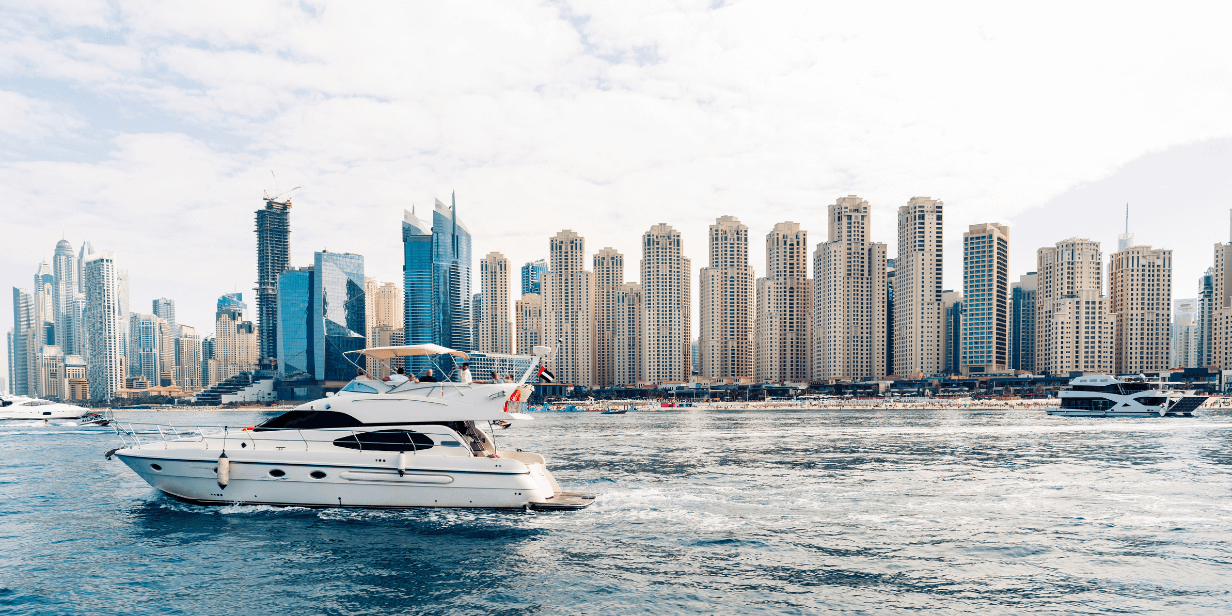
A small yacht and the Dubai marina. Source: Canva
With OCR, the days of manually transcribing boat numbers or struggling to decipher faded or poorly lit characters are behind us. It’s like having a super-powered telescope and a language expert rolled into one. OCR technology can quickly process boat number images, extract alphanumeric information, and present it in a format that can be easily searched, cross-referenced, or stored in databases. We also offer ContainerID to simplify shipping container management.
Whether you’re a law enforcement officer, a port authority, or a marina owner, OCR technology empowers you to work smarter and faster. It frees up valuable time and resources, allowing you to focus on the critical tasks at hand. So, let OCR be your secret weapon in the world of boat number identification, unleashing the power of reading technology to make your work smoother and more efficient.
Who Benefits from Boat OCR: Empowering Agencies and Entities
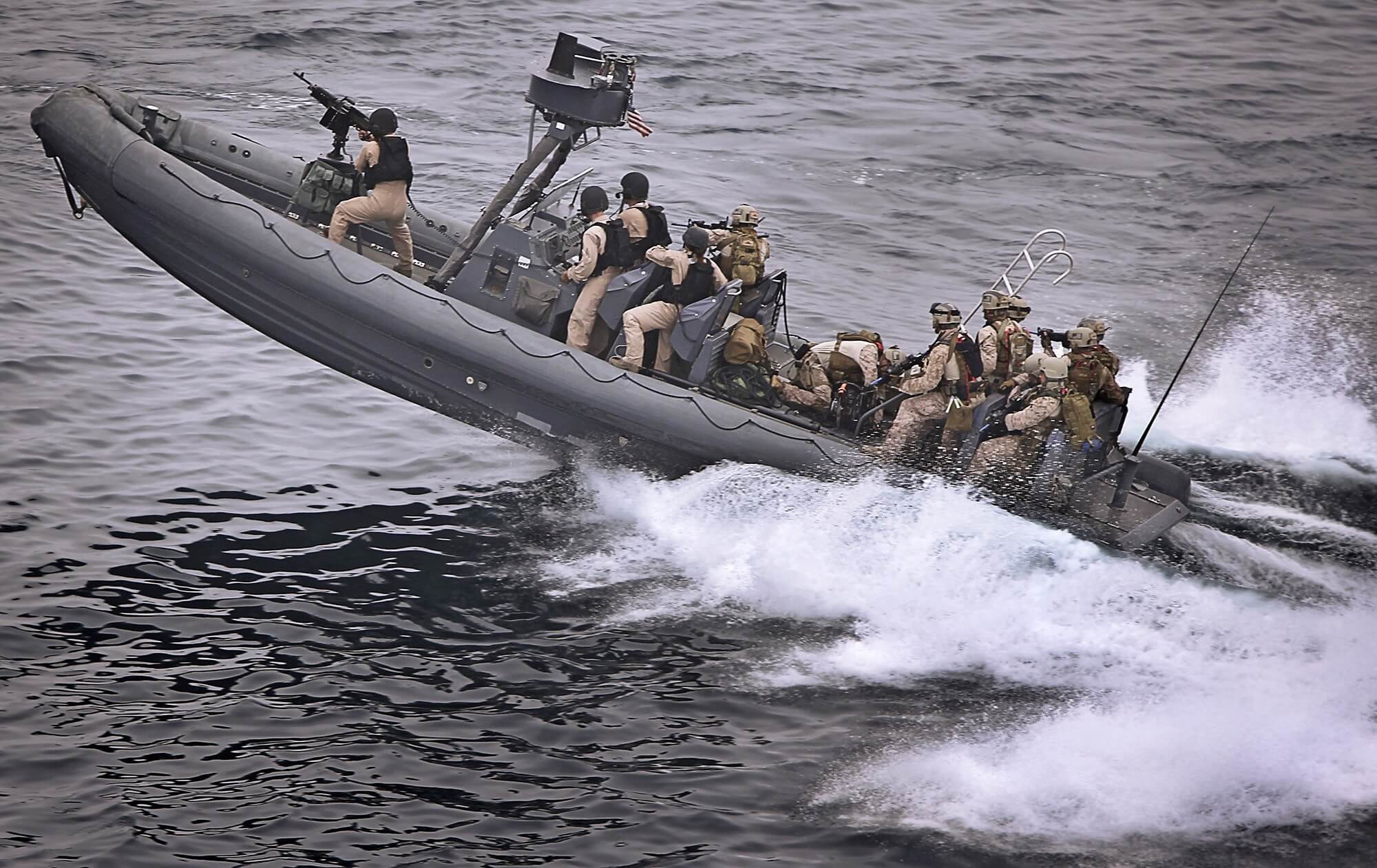
Soldiers at sea. Source: Pexels
Boat OCR technology isn’t just a fancy gadget for tech enthusiasts—it’s a paradigm shift for a wide range of entities and agencies involved in maritime activities. Let’s take a closer look at who stands to benefit from harnessing the power of Boat OCR:
Law Enforcement Agencies
Crimes don’t just happen on land, and law enforcement regularly must take to the water to ensure citizen safety and security. Boat OCR technology equips them with a powerful tool to swiftly identify and track boats involved in criminal activities. Police departments have been using license plate recognition programs to successfully reduce crime for years, and now that technology works on boats as well. From intercepting smugglers to cracking down on illegal fishing operations, Boat OCR enhances its ability to enforce the law effectively.
Border Patrol
Agencies already stretched thin can maximize manpower by automating the process of gathering, tracking, and identifying vessels that move between borders. BoatID enables quick and accurate watercraft identification to make informed decisions and maintain border integrity. Plus, it’s simple to set up alerts for when agents need to monitor suspicious vessel activity.
Port Authorities
Port authorities are responsible for managing and securing more than 800 busy ports and harbors worldwide. Boat OCR empowers them to streamline access as they control and verify the identity of incoming and outgoing vessels. With BoatID, they can quickly identify authorized boats, detect unauthorized entries, and enhance overall port security.
Marina Owners and Operators
For marina owners and operators, ensuring a smooth and efficient check-in process for boats is essential. Boat OCR technology simplifies the registration process by automating the identification of boats. This saves time, eliminates errors, and enhances customer satisfaction by reducing wait times and paperwork. It’s also good business when you can greet boat owners by name and ask how things went with the new tackle they bought from you the last time they stopped by.
Insurance Companies
Insurance companies play a crucial role in providing coverage and mitigating risks for boat owners. Boat OCR technology assists insurance companies in verifying boat ownership, matching policy information, and processing claims accurately. This ensures proper coverage and expedites claims settlement, benefiting both insurers and boat owners. Imagine how much time it could save to let our technology scour hours of available footage to locate stolen watercraft! Shipping container OCR also helps prevent theft at the cargo level.
Search and Rescue Teams
When time is of the essence in search and rescue operations, every second counts. Boat OCR technology enables search and rescue teams to swiftly identify and track distressed or missing vessels. This facilitates quicker response times and enhances the chances of successful rescue operations, potentially saving lives.
Environmental Agencies
Protecting our fragile marine ecosystems is a top priority for environmental agencies. Boat OCR technology can aid in monitoring and regulating activities that may harm the environment like illegal fishing, pollution, or disturbance of sensitive habitats. By accurately identifying boats engaged in these activities, environmental agencies can take appropriate action and preserve our natural resources.
Customs and Border Protection
Border security extends beyond land and air borders—it also encompasses our waterways. Boat OCR technology assists customs and border protection agencies in efficiently identifying and tracking vessels entering or exiting the country. This enhances border surveillance and strengthens maritime security measures.
Boat OCR technology is a transformative tool that empowers security personnel and stakeholders to excel in their respective roles and contribute to the smooth functioning of maritime activities.
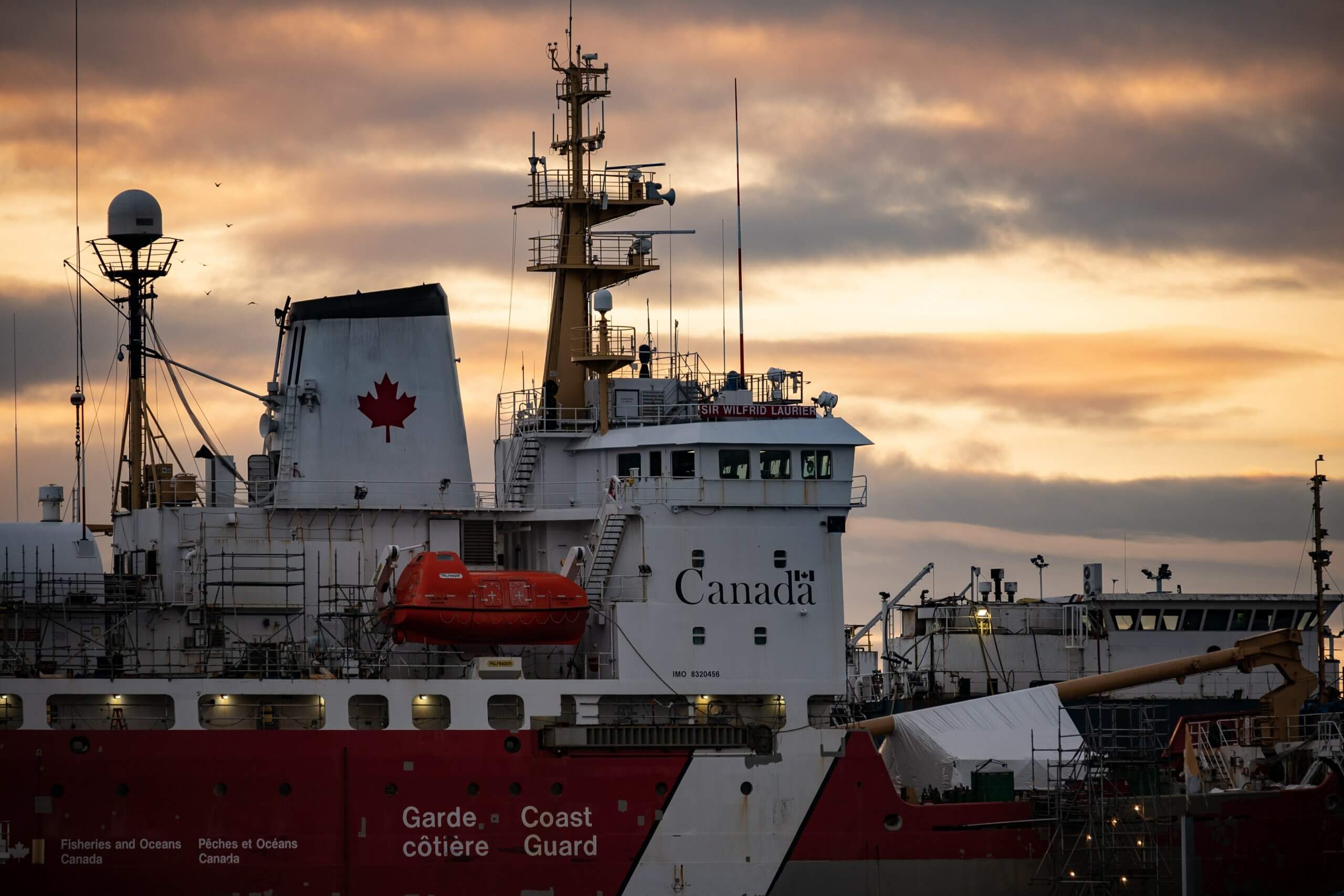
Canadian Coast Guard. Source: Pexels
Unlocking the Advantages of Boat Number OCR
Now that we’ve covered who can make good use of boat number OCR, let’s talk about the benefits it brings. Brace yourself, Skipper, because these advantages are nothing short of remarkable!
Enhanced Precision in Identifying Boats and Their Owners
Bid farewell to the days of straining your eyes to decipher boat numbers or dealing with the frustration of transcription errors. Boat Number OCR ensures pinpoint accuracy in identifying boats and their owners. It’s like having a sharp-eyed first mate who can swiftly extract and interpret boat numbers with unwavering precision. With Boat Number OCR, you can trust that the information you obtain is spot-on and reliable.
Streamlined Efficiency in Identifying and Tracking Boats
No more tedious manual recording or sifting through piles of paperwork to find boat numbers. Boat Number OCR streamlines the entire process, making it a breeze. Prevent piracy, combat sea-based terrorism, and more when you can instantly recognize and catalog boat numbers with remarkable speed. With Boat Number OCR, you can effortlessly identify and track boats, freeing up your valuable time for other critical tasks.
Strengthened Safety and Security in Ports and Waterways
Over 90 percent of the world’s goods are transported across oceans and coastal waters, so security is essential. Officials face threats like piracy, kidnapping, and armed robbery. Bad guys traffick weapons, drugs, and people across the waves. Boat Number OCR technology provides an extra layer of protection. It’s like having an ever-watchful guardian scanning boat numbers, alerting you to any discrepancies or potential risks. By quickly identifying authorized and unauthorized vessels, Boat Number OCR helps maintain a secure environment for all. It empowers you to detect and respond to any security threats promptly.
Improved Environmental Monitoring and Regulation Enforcement
The substance that covers more than 70% of our planet needs careful safeguarding, and boat Number OCR plays a crucial role in this mission. It’s like having a vigilant steward that aids in environmental monitoring and regulation enforcement. By accurately identifying boats engaged in activities that harm our waters, like improperly discharging marine waste, overfishing and bycatch or illegal dumping, Boat Number OCR assists in taking appropriate action to preserve our natural resources.
Cost Savings for Government Agencies and Private Organizations
If you’re thinking your organization doesn’t have the money for one more thing, there’s something you need to know. In addition to its functional advantages, Boat Number OCR brings significant cost savings. It’s like finding an undersea treasure chest of financial benefits! By automating the boat number identification process, Boat Number OCR reduces the need for manual labor and paperwork. This translates into lower operational costs for government agencies and private organizations alike. It’s a win-win situation where efficiency and affordability go hand in hand.
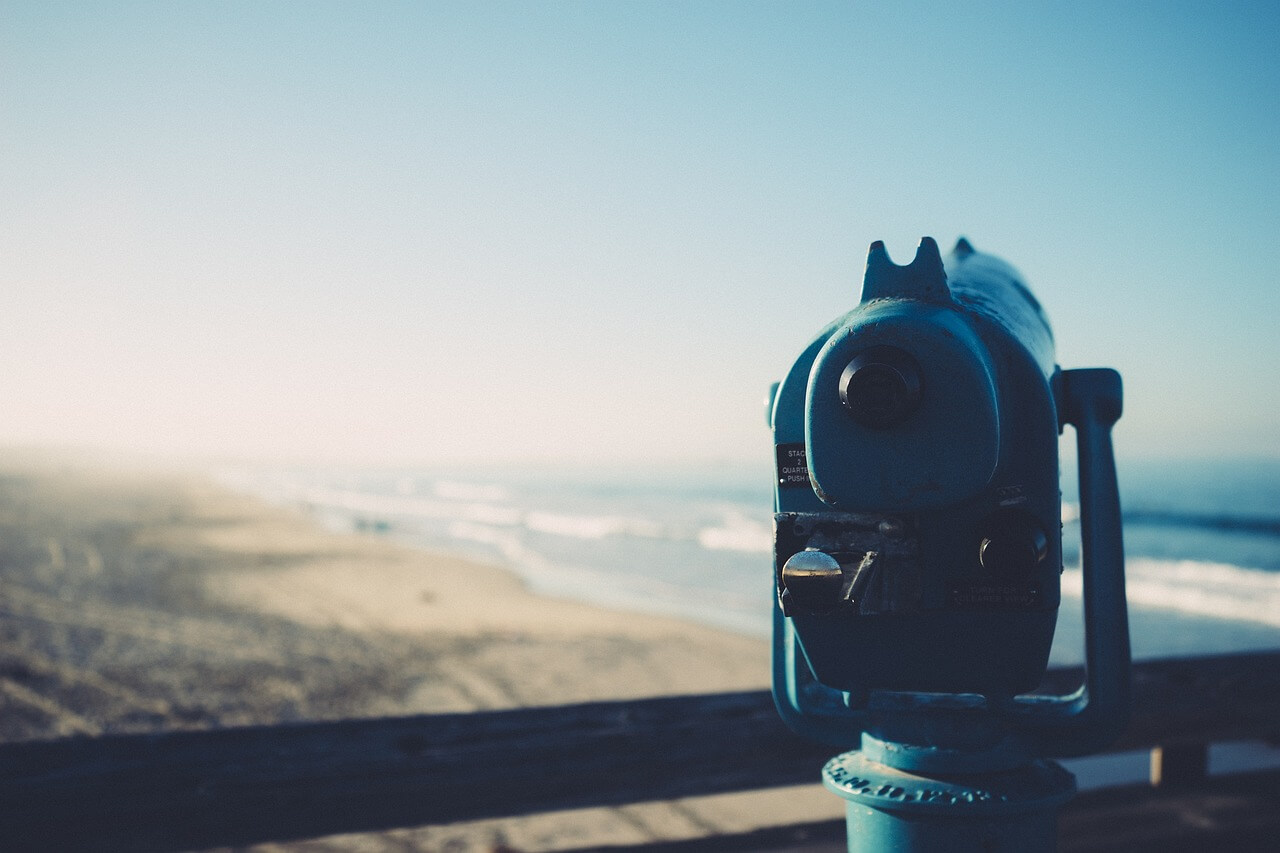
Telescope looking over water. Source: Pixabay
How People Are Using Boat Number OCR
We’ve mentioned some of the ways Boat Number OCR helps interested parties get stuff done, but let’s take a deep dive into applications by organization type.
Law Enforcement and Port Security
Imagine if Boat Number OCR could help track down boat bandits, intercept smugglers, and thwart illegal fishing operations. Well, my friend, that’s exactly what it does! Boat Number OCR technology equips law enforcement and port security agencies with a formidable weapon against maritime crimes. Investigate everything from maritime piracy to boating accidents to human trafficking with speed and precision.
Environmental Monitoring
Boat Number OCR steps in as an environmental sentinel, helping to identify boats that may be violating regulations or engaging in unlawful activities like dumping pollutants into the water or trapping endangered species. It’s like a watchful eye that spots the mischief-makers and sounds the alarm. By swiftly recognizing rogue vessels, Boat Number OCR empowers environmental authorities to take swift action, safeguarding our precious natural resources.
Insurance and Registration
Ahoy, boat owners! Boat Number OCR has some good news for you too. Insurance companies can use it in the case of stolen or missing boats to track and recover vessels. When they use this technology to scan boat numbers, they can quickly alert law enforcement agencies and relevant authorities, increasing the chances of locating and returning a stolen or missing vessel.
Search and Rescue
During an emergency, every second counts. Search and rescue can use boat number OCR to quickly identify and locate boats in the water and gather information like a vessel’s owner, registration details, and any emergency contact information. By sharing boat number data, teams can mount a coordinated response. Analyzing historical patterns and trends also gives teams insights to improve future response strategies and resource allocation.
Marinas and Boat Storage Facilities: Ah, the tranquility of marinas, where boats find a safe haven. Boat Number OCR enhances serenity by improving security and monitoring capabilities. Through automating the identification process, Boat Number OCR brings peace of mind to marina owners and operators, allowing them to focus on providing top-notch services to boat enthusiasts. Use this technology to monitor occupancy and billing, provide efficient check in and check out and to analyze peak seasons for strategic planning and increasing revenue.

Marina at sunset. Source: Pixabay
Solution to Boat Number OCR Challenges and Limitations – Free Test Drive for Boat Number OCR
Almost all bodies of water are known for unpredictability, and that creates challenges for any technology. Pulling numbers out of a photo can be tough for a number of reasons.
Boat numbers vary in design and format depending on what type of vessel you’re talking about and where it operates. Boat number OCR faces challenges decoding for different fonts, styles, colors, sizes, and so on.
The weather gets in the way of any system based on cameras. Picture foggy mornings, dimly lit docks, or open sea churned up by an approaching tropical storm. Poor visibility, inadequate lighting, and other factors pose a challenge for some systems that claim to deliver boat number data.

Boat in heavy rain. Source: Unsplash
Plus, boats don’t move in straight lines and pause for their photo at optimal angles. Factors like image quality, resolution, odd angles and fast movement confound some systems when it comes to getting accurate readings.
However, Plate Recognizer has developed highly accurate boat number OCR that works. It handles images that are blurry, low resolution, angled and much more. Trust our algorithm even with
- Tough fonts
- Dark images
- Shadow marks
- Faint text
- Colorful fonts
- Blurry photos
If that sounds like a sea story or a fisherman’s tale, you don’t have to take our word for it. Give us a try! Or just like the Booted! boardgame, risk getting booted back to square one on your AI efforts!
